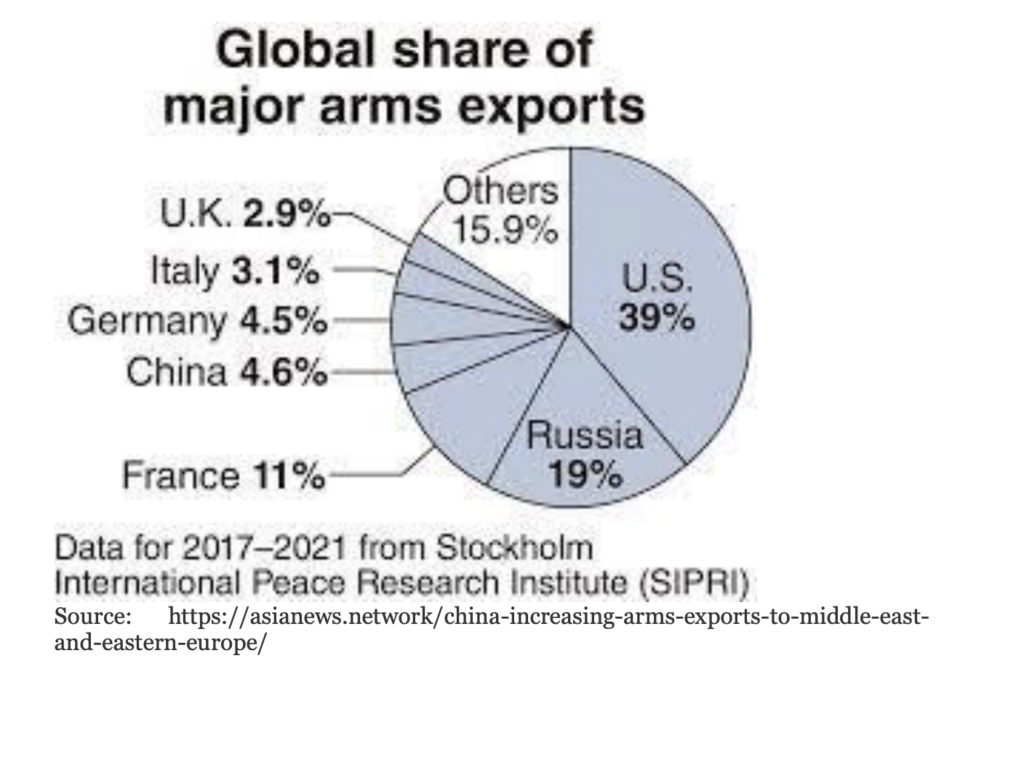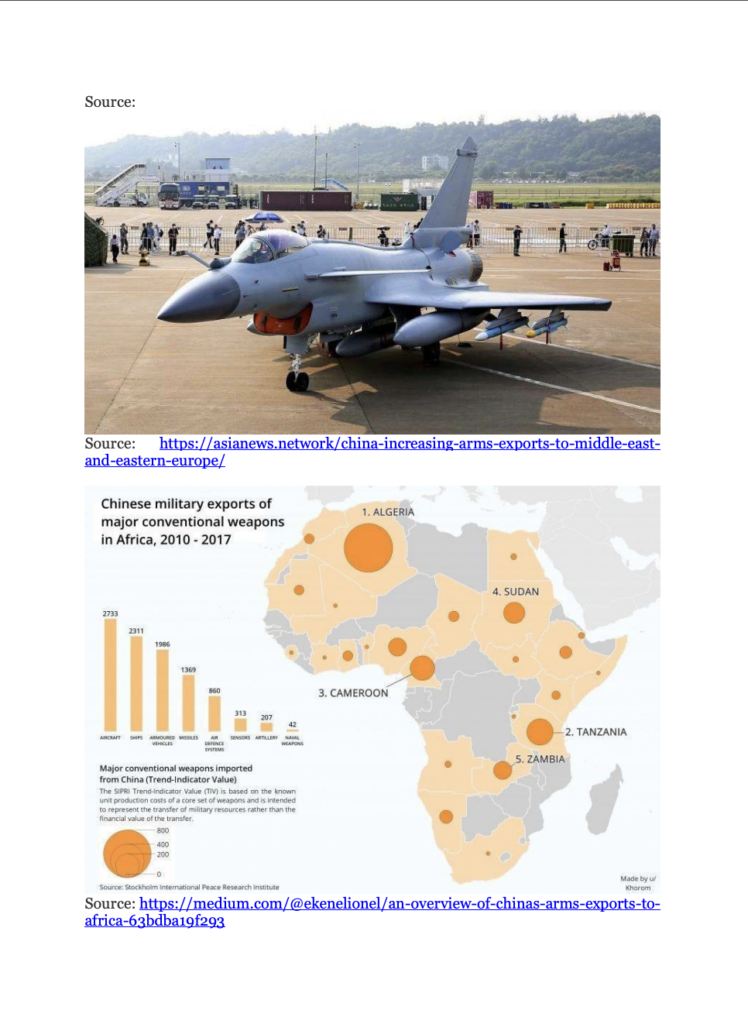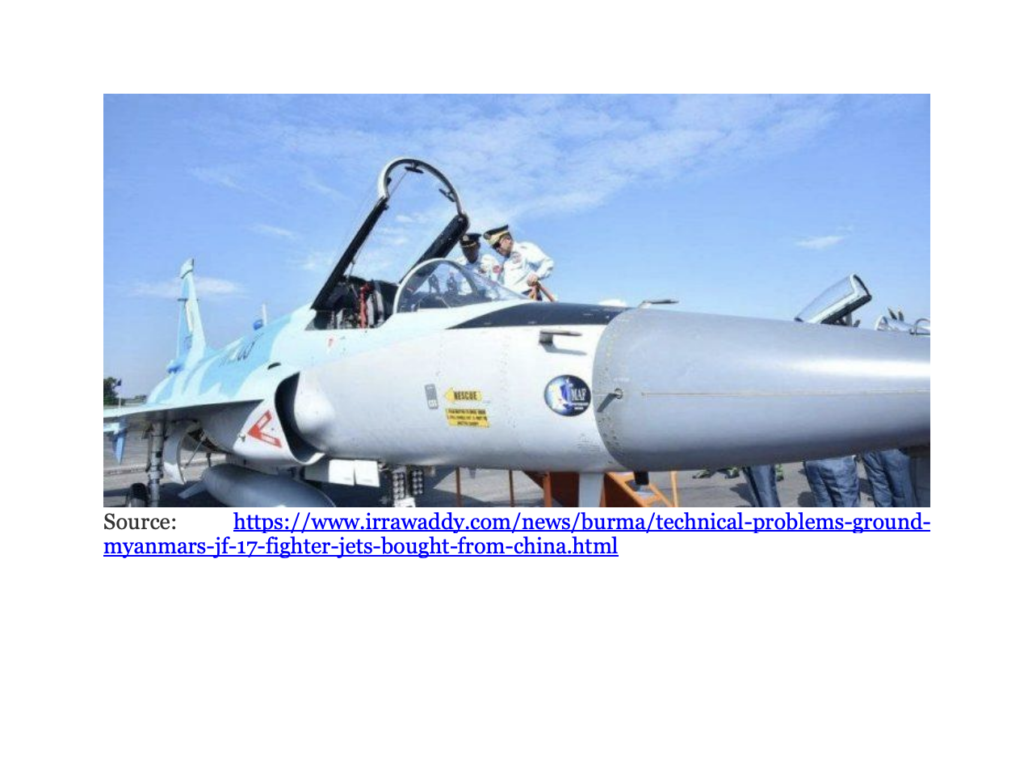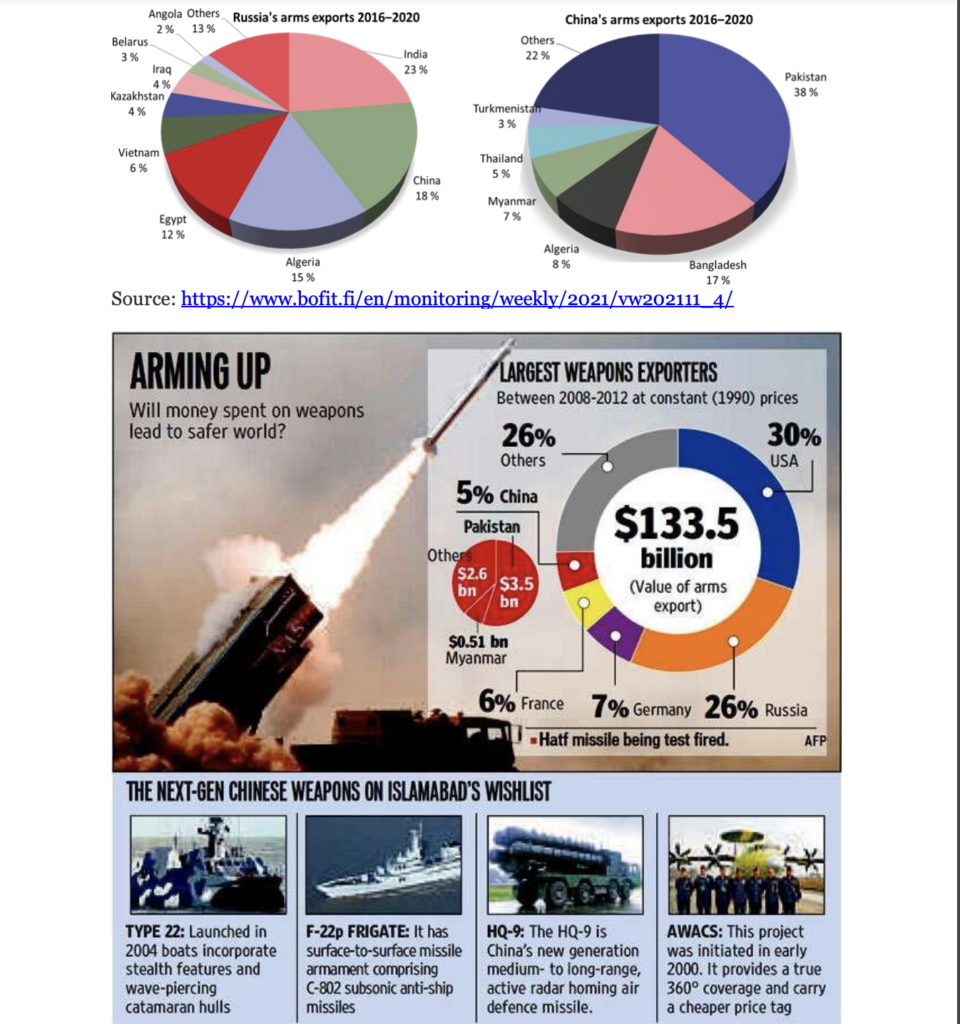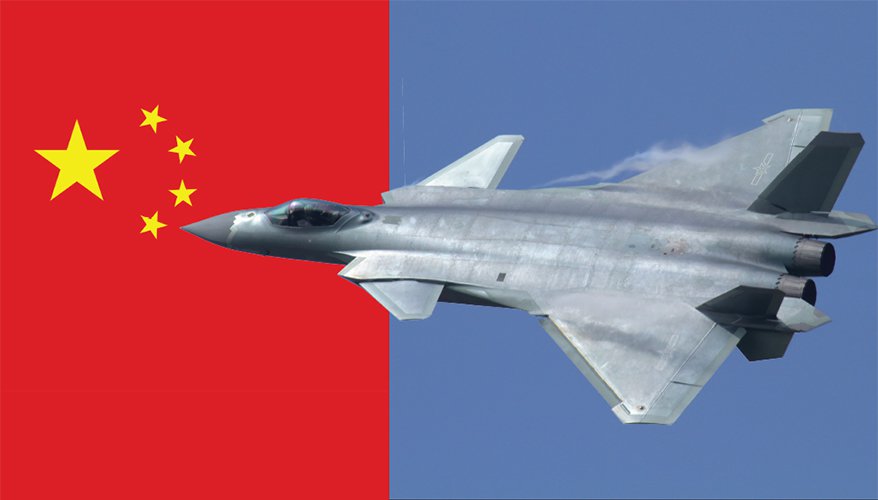China is one of the largest exporters of arms in the world. International estimates state that from 2010 to 2020, China exported 16.6 billion Total Insurable Value worth of
conventional weapons globally. Of this around 77.3% went to Asia. An additional 19.1% flowed to Africa, and the remaining 3.6% went to other parts of the world. Despite the
low levels of arms exports throughout the mid-1990s and the mid-2000s, China exported (82.8%) to Asia. A combined 63.4% of China’s conventional weapons sales
since 2010 have found their way to Pakistan, Bangladesh, and Myanmar.
Other Asian countries purchased an additional 13.9% of Chinese arms and equipment. While the statistics are impressive, at the heart of the matter is that China’s defence industry has exported malfunctioning and defective military equipment in recent years, leaving countries short of what’s needed for their security while also draining military budgets. More worrisome are reports that China’s arms are also reaching non-state actors, mostly in Africa, both on account of weak transfer systems and in a few cases, direct complicit sales by China.
A RAND report tracking China’s military exports shows that its customers are primarily developing countries. Its largest customers are in South Asia and Africa, though it has also made a push into South America. China has also benefited as countries in the Middle East and North Africa have sought to reduce their dependency on Western military suppliers. Soft power and image-building are China’s major motivators in these regions, setting the foundation for ties in the same way that its Belt and Road infrastructure projects do. China lags more established arms suppliers largely due to quality issues. The US Department of Defense (DoD) notes that “quality deficiencies persist with some exported equipment, which is inhibiting China’s ability to expand its export markets.” That said, the smaller price tag of Chinese arms makes them attractive to many countries.
The US DoD notes that “Chinese arms are less expensive than those offered by the top international arms suppliers… [but still] hav advanced capabilities.” China attracts customers for its military equipment with cutrate pricing and financing, but there are hidden costs, especially when gear malfunctions. A lack of technological compatibility with the Chinese military equipment can prove particularly expensive. Countries often do not have the personnel with the expertise and training to resolve issues. They also can have difficulty acquiring replacement parts.
The RAND report informs that Chinese suppliers have demonstrated little accountability for maintenance or repair. That has pushed some countries to recruit help from third countries. For instance, the Myanmar military forged partnerships with Pakistani technicians to solve its technical problems with the JF-17. Delays in getting equipment working can significantly slow down recipient countries’ military modernization timeline.
In a global scenario, where purchasing choices often determine a nation’s security, the quality of Chinese military equipment is once again in the spotlight for their unreliability. For instance, Nigeria’s military reported several technical problems with the Chinese-made F-7 aircraft which they started acquiring in 2009. A handful were lost in crashes or accidents. By 2020 of the nine remaining, seven had to be sent back to China for maintenance and repair. Similarly, the military junta ruling Myanmar found that the Chinese-made radar on the JF-17 aircraft has poor accuracy, and the aircraft lacks a beyond-visual-range missile and airborne interception radar.
In November 2022, Global Defense Corp reported that the Myanmar’s military had grounded its Chinese JF-17 aircraft, due to serious structural and engine problems.
The problems in Myanmar are such that 11 JF-17 aircraft have been declared “unfit for operations.” Similarly, Bangladesh has reported problems with firing the ammunition
loaded into its Chinese-built K-8W (JL-8) aircraft just shortly after delivery. According to Business Today, Myanmar’s JF-17 Thunder was designed by China’s Chengdu Aircraft Industries Corporation but produced and supplied by Pakistan Aeronautical Complex between 2019 and 2021. These aircraft are part of an agreement signed by Myanmar’s military in 2016 to procure the JF-17.
Shortly after the delivery of the first batch, the Air Force was forced to ground the aircraft upon detecting malfunctions and structural defects. Similar situations occurred with the new fleets acquired in 2022, the magazine added. Two years prior, in September 2020, a Pakistan Air Force JF-17 Thunder crashed near Pindigheb, as the aircraft’s stabilizer tail detached on its first flight at take-off. The JF-17 uses Russian engines and is expensive to operate and maintain. In addition to these disadvantages, other problems include the lack of structural strength of the aircraft’s body to withstand gravitational force and high winds, Myanmar’s daily Narinjara News reported.
Pakistan, the largest importer of Chinese military equipment, has expressed dissatisfaction with Chinese-produced F-22P frigates, including technical issues, engine degradation, and poor overall performance. Pakistan also found that the onboard imaging device of the FM90 (N) missile system had a defective infrared sensor (IR17) system and SR-60 radars. As a result, the missile system was unable to lock onto targets. The IR17 sensors had to be discarded completely. Pakistan also faces challenges with other Chinese military equipment, such as a main battle tank, artillery guns and air defense systems.
This equipment inducted in recent years have experienced service and performance problems, raising concerns about the reliability and quality of Chinese procurements, The Print India reported. On the other side of the world, Argentina’s Air Force is in negotiations to modernize its aircraft fleet in the short term. Among the options being considered are China’s JF-17, Argentina’s El Cronista newspaper reported (27 September 2023).
Pertinently, China isn’t particularly discerning, as to who it will or won’t sell to. Its arms deals have few political contingencies involved. In Africa, sales are driven by profit and trying to grab market share from Russia. During the 2016–2020 period, China was the second-biggest supplier of arms to sub-Saharan Africa. Weapons and ammunition of Chinese origin are in the hands of a range of actors, including non-state forces, operating in several countries. These are in many cases a result of diversion.
China’s weak transfer control system presents proliferation concerns which may be exacerbated in the future with regards to both cutting-edge and older weapons systems. Chinese small arms have long been used by both African state and non-state actors to harm civilians and violate human rights. In the early 2000s, photographs showed many types of Chinese small arms and light weapons in the hands of non-state actors in Sudan’s Darfur region and east of the DRC. A UN panel stopped short of claiming that China had deliberately funneled arms to Darfur, but condemned China’s reliance on the Sudanese government’s claims that it would not transfer arms into the region.
An August 2018 report released by EXX Africa increased concerns over the proliferation of Chinese weapons, which indicated that China was actively striving to increase its role as a major arms supplier in Africa for the purported goal of protecting its infrastructure investments in the continent under the Belt and Road Initiative. The report cited intelligence collected from security sources to allege that China’s military supply base and commercial port in Djibouti are being used as a transit hub for sending weapons and equipment to conflict zones under arms embargoes, with Sudan and South Sudan as premier destinations. Witnesses have also been cited at the Port of Djibouti observing shipments of Chinese heavy weapons such as multiple rocket launchers, anti-tank missiles, and tank ammunition, with EXX Africa hypothesizing that the most likely destination for these weapons are Sudanese government forces operating in Darfur.
In addition, China is a major player in the “value arms” market such as light training and fighter aircraft, armoured personnel carriers, and unmanned aerial vehicles. Such
equipment meets the affordability and the minimum functionality criteria that developing countries look for to use in counterterrorism operations and fighting rebel groups. The question now is whether a subpar reputation for quality will harm China’s position in the global arms market. Data that the Stockholm International Peace Research Institute released in March showed a 23 percent decrease in China’s arms exports between the four-year periods of 2013–2017 and 2018–2022. Thus, even as the word watches, China continues to export arms to the developing world. The challenge, however, still remains that while affordability remains a positive factor, the
quality of Chinese equipment will always remain in question.
